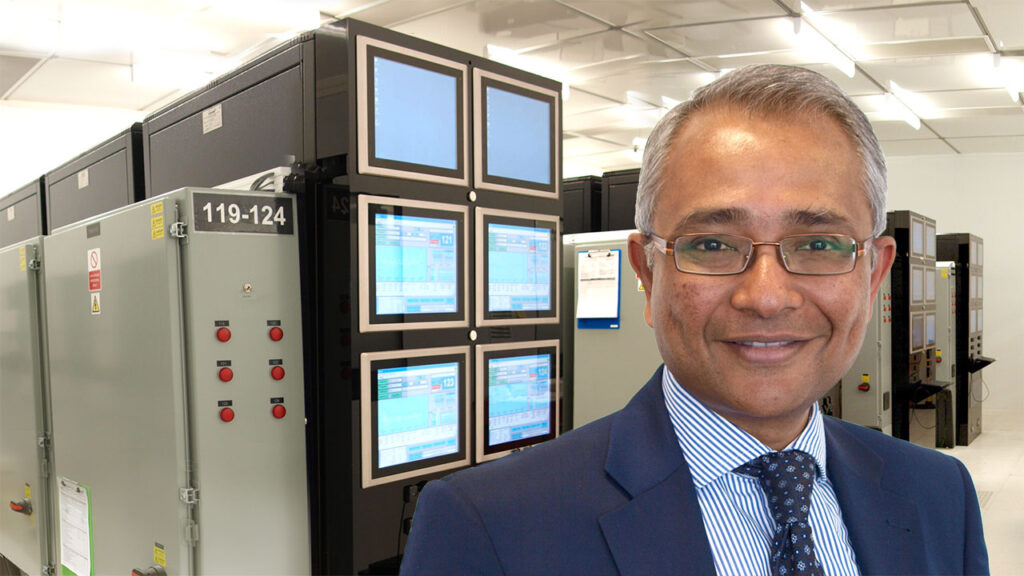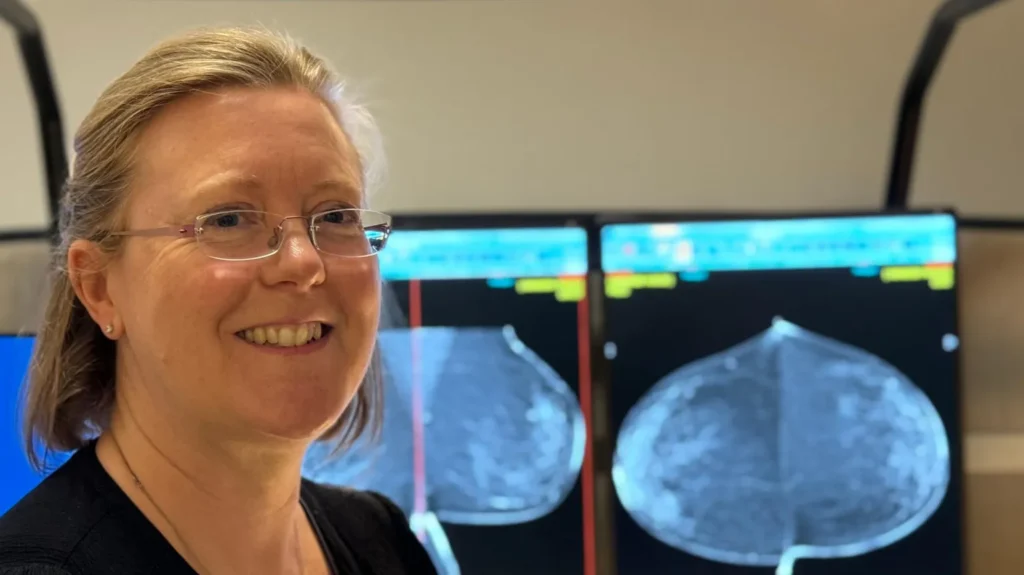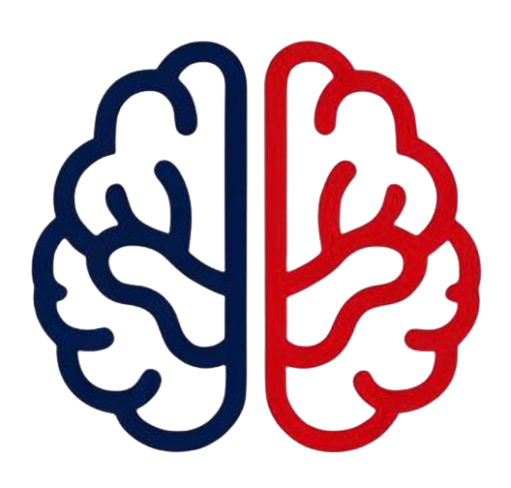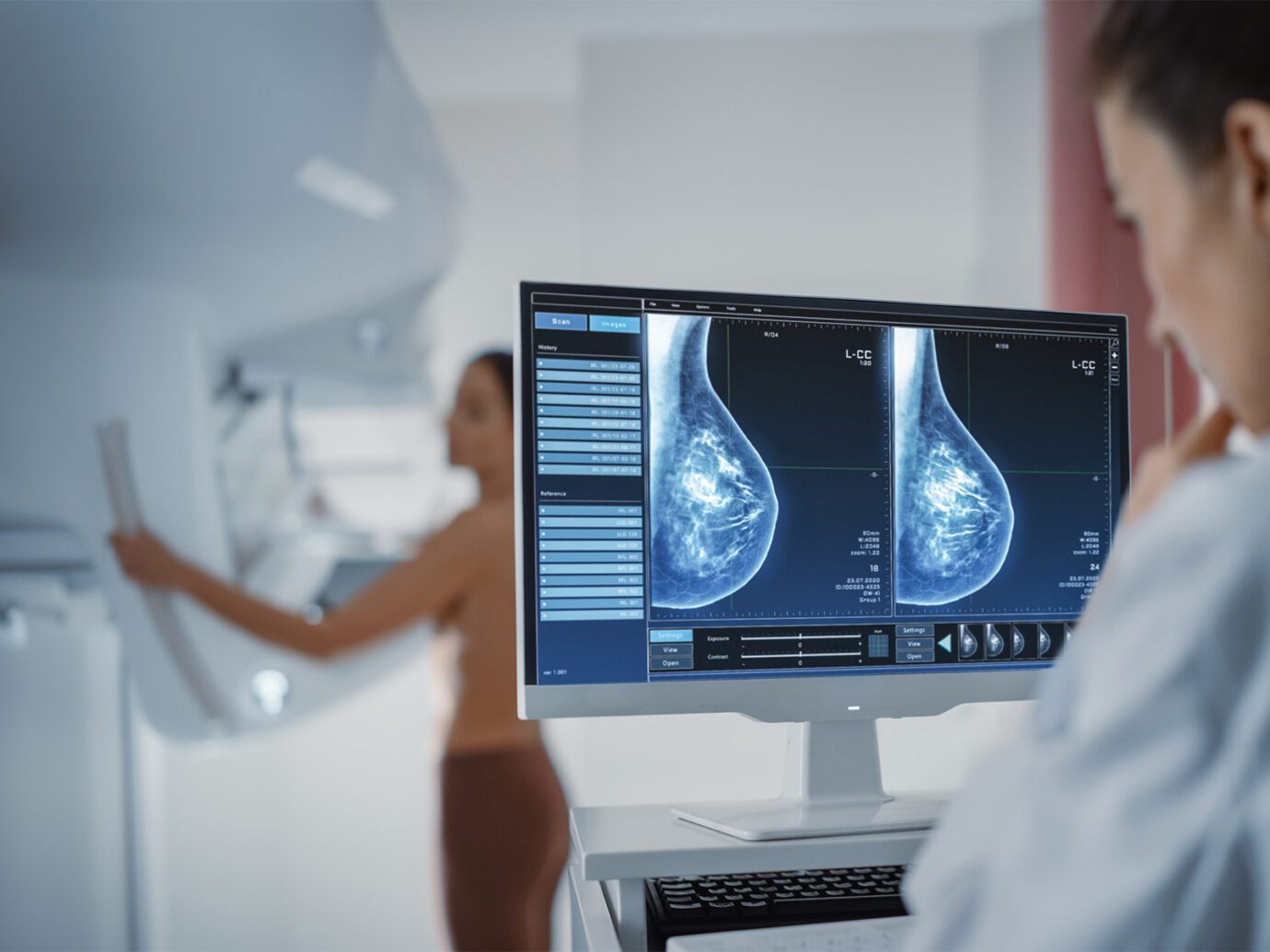Imagine trying to spot a single white cloud in a bright, overcast sky. That’s the challenge doctors face when diagnosing breast cancer in women with dense breast tissue — a condition that affects nearly 4 in 10 women. Both the dense tissue and cancerous tumors appear white on traditional mammograms, making it hard to tell them apart.
But that challenge might soon be history.
A revolutionary new imaging technology — currently in its prototype stage — could transform the way we detect breast cancer, especially in women with dense breast tissue. This breakthrough has the potential to save countless lives by identifying tumors faster, earlier, and more accurately.
Musumeci Online – The Podcast. It is perfect for driving, commuting, or waiting in line!
Why Dense Breast Tissue Makes Detection Harder
Breasts are made up of both fatty (adipose) tissue and fibroglandular (dense) tissue. On a mammogram, fatty tissue appears dark, while dense tissue looks white. Unfortunately, tumors also appear white — which makes spotting a cancerous growth like searching for a snowball in a snowstorm.
This is particularly important because having dense breasts slightly increases the risk of developing breast cancer. And since traditional mammograms sometimes miss tumors hidden within dense tissue, doctors often rely on additional imaging techniques like MRIs or contrast-enhanced mammograms. However, these methods are time-consuming, expensive, and expose patients to higher radiation levels.
A New Way Forward: Ultra-Fast Molecular Breast Imaging
The new technology being developed in the UK by tech company Kromek — in collaboration with Newcastle Hospitals, Newcastle University, and University College London — uses something called molecular breast imaging (MBI).
Here’s how it works: Patients receive a small injection of a radioactive tracer that binds to cancer cells. When the imaging machine scans the breast, any cancer present “lights up,” creating a bright, unmistakable image of the tumor — even in dense tissue.

What makes this prototype truly exciting is how it improves on existing methods:
- Faster scans: It reduces scan time from nearly an hour (in MRIs) to just 10 minutes.
- Lower radiation: It uses significantly less radiation than traditional contrast imaging.
- 3D clarity: It produces high-precision, three-dimensional images that clearly show the exact location of the tumor.
- No extra imaging needed: In most cases, the scan is so clear that follow-up images aren’t required.
Dr. Arnab Basu, CEO of Kromek, describes it as offering a “laser focus” on cancerous cells — literally lighting them up and eliminating the guesswork from diagnosis.

A Personal Story Behind the Science
Aly Murphy, a 65-year-old nurse and breast cancer survivor, is one of the many people involved in testing the new scanner. She only discovered she had dense breast tissue by accident, and believes that this new technology might have caught her cancer sooner.
“I think it’s revolutionary,” she says. “It’s pushing the boundaries of screening, and that’s what we really need to do.”
Her words are echoed by Dr. Nerys Forester, consultant breast radiologist at Newcastle Hospitals:
“This could ultimately save more lives. For many women, dense breast tissue only becomes a concern when it makes diagnosis more difficult. Having a solution tailored to that is a major step forward.“

What’s Next?
This technology is still in its prototype phase but is already showing impressive promise. Supported by £2.5 million in funding from Innovate UK, the project is set to enter clinical trials soon. If successful, it could be integrated into national breast cancer screening programs — starting with women who have dense breast tissue.
Professor Kris Thielemans from UCL adds that the potential doesn’t stop with breast imaging:
“This innovation could have wide-reaching applications across nuclear medicine.”
And the excitement is building. Breast cancer charities like Breast Cancer Now are watching closely and have voiced strong support for exploring imaging alternatives that could improve detection and outcomes.
A Bright Future for Early Detection
We’re living in a time when technology and medicine are coming together to solve problems that once seemed insurmountable. Whether it’s robotic surgery, smart implants, or now, molecular imaging, these advancements are not just exciting — they’re lifesaving.
This new scanner is a beacon of hope in the fight against breast cancer. By making detection faster, clearer, and more accessible, it’s helping turn a cloudy diagnosis into something far more hopeful — a clear path forward.



Leave a Reply